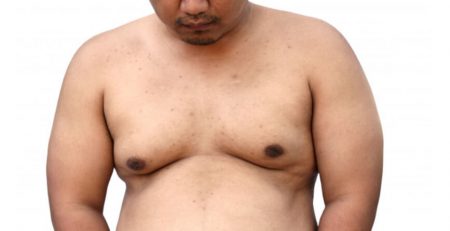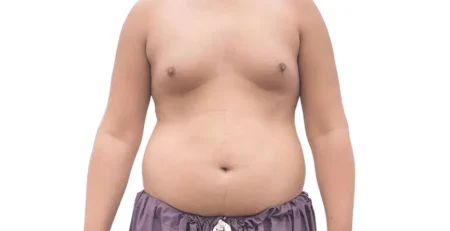How to Treat a Severe Case of Gynecomastia
Gynecomastia or male breasts are a hormonal condition affecting a large percentage of the world’s male population. Many men are often seen struggling with a mild or prominent case of male breasts. While the milder ones are still not a stressing issue, the prominent appearance of breasts in severe cases makes men feel unhappy and immensely unconfident about their bodies.
Through this blog, Dr Rajat Gupta answers the recurring question on how to treat a severe case of gynecomastia.
Male breast reduction involves removing the excess tissue and breast gland for a flat chest with a natural-looking contour. In severe cases, more sophisticated technology is necessary for natural-looking results.
Devices Used to Treat Severe Cases
The two main devices used in treating prominent male breasts are MicroAire and VASER tools. MicroAire is power-assisted liposuction (PAL) tool, while VASER is an ultrasound-assisted liposuction (UAL) tool. While MicroAire breaks up the breast gland, allowing for removal, VASER serves the dual purpose of tightening the skin.
VASER emits heat that shrinks and tightens the skin over the new chest contours. However, if there is more excess skin than VASER is equipped to handle, Dr Rajat Gupta uses BodyTite. This radiofrequency contouring technology produces more heat than VASER and tightens the skin better.

Have questions or want to get started? We are ready to help you with a smile!
Surgical Process on How to Treat a Severe Case of Gynecomastia
Beginning with a 3-4mm lateral chest wall incision, your surgeon enters the breast gland with the MicroAire tool. The MicroAire tool is fitted with a power-assisted cannula that moves rapidly back and forth, breaking up the breast gland and tissue so it can be suctioned out.
Since severe cases often include excess skin, Dr Rajat Gupta combines VASER’s UAL advantages and the advanced BodyTite radiofrequency technology at RG Aesthetics to effectively shrink and tighten this excess skin over the new pectoral contours. He avoids making an incision on the front of the chest, preventing the patient from facing any scar-related inhibitions. Finally, the patients are fitted with a compression garment that keeps your new contours in place.
Full recovery after the treatment takes approximately 6-8 weeks. Most of the swelling and bruising reduces within the first 24-48 hours, and the results get more refined over the next 4 weeks. After 6-8 weeks, most patients can resume physical activity.
This minimally invasive outpatient procedure ensures that you have a speedy and easy recovery.
In the expert hands of board-certified plastic surgeon Dr Rajat Gupta, with access to the latest technology, you are sure to have a completely comfortable experience and successful results with your surgery!
We hope this resolves your queries on how to treat a severe case of gynecomastia.
For any further questions, please do write to us or contact us for a complete consultation with Dr Rajat Gupta.
Dr. Rajat Gupta
MBBS, MS, DNB(Gen. Surg.),
DNB (Plastic Surgery)
Dr. Rajat Gupta is a board certified plastic surgeon in India with 15 years of experience to back his expertise in the domain of aesthetic surgeries.
Having completed his training from Maulana Azad Medical College and equipped with a thorough understanding of aesthetic needs of people, Dr. Gupta strives to offer the best remedies and cosmetic procedures outfitted with the latest technology to the aspirants in India and across the globe. To book an appointment, call: +91-9251711711 or email: contact@drrajatgupta.com













